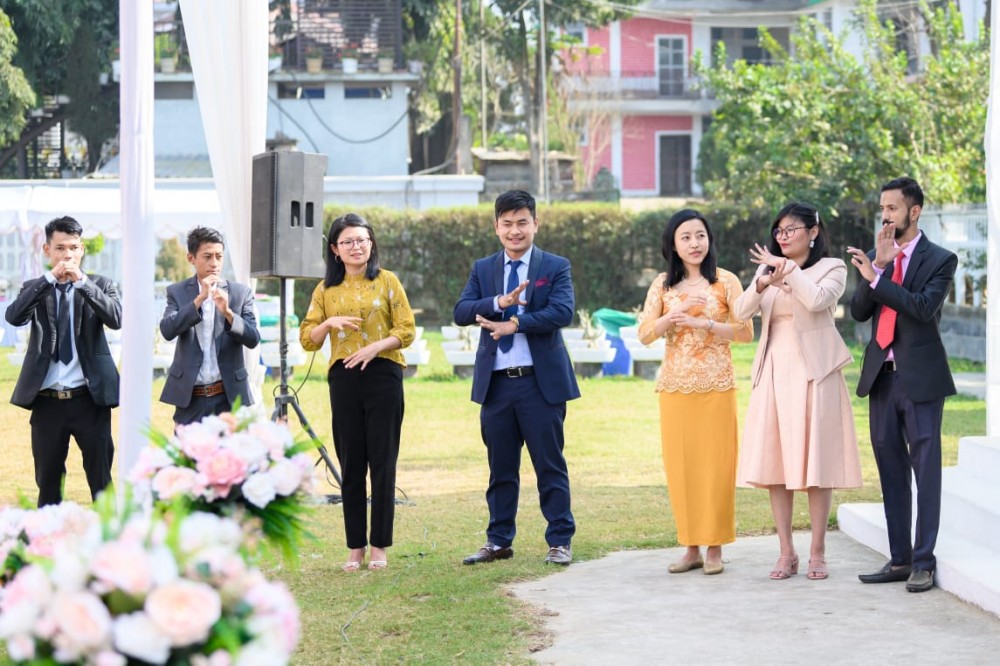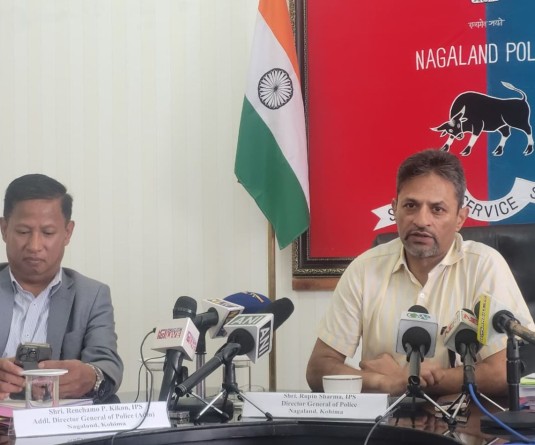
Christina Walling-Zhimomi
Audiologist & Speech Language Pathologist
Atula, who is Deaf was one day talking with her Deaf friends in sign language. After a while, she noticed that the people around her were staring at her as though there was something wrong. This usually happens because sign language is a very expressive and animated language, where facial expressionsplay a big role in aiding communication. She realized that it was not a part of the hearing norms to communicate with such expressive facial expressions. She immediately became conscious and more wary of her facial expressions while talking to her friends. This is just one of the many experiencesof several others inthe Deaf community where their culturally accepted norms are considered “abnormal”, ill-mannered or even rude in the hearing society.
The term “Deaf” is not considered offensive, but is in fact an accepted and preferred term in the Deaf community, and is spelled with a capital “D” when used in the context of their culture. A person is deaf when they have profound hearing loss, and is unable to understand speech even when it is amplified. Hearing Impaired or ‘hard of hearing’ is used when an individual has mild to severe degree of hearing loss, where devices like hearing aids may help them understand speech.
Members of the Deaf community do not view their “deafness” as a disability, but rather as a difference in experience. They do not feel the need to find a “cure” for their deafness, and are proud of being Deaf. The Deaf culture is recognized under Article 30, Paragraph 4 of the United Nations Convention on the Rights of Persons with Disabilities, stating that “Persons with disabilities shall be entitled, on an equal basis with others, to recognition and support of their specific cultural and linguistic identity, including sign languages and Deaf culture”.
Nagaland is home to many tribes, each with their own rich culture and traditions. Simply put, “culture” is the ideas, customs and behaviors of a particular group of people or society, passed down from one generation to another. Likewise, Deaf culture is also a culture in itself, with its own set of ideas, customs and behaviors followed by the Deaf people in a society. Members of the Deaf community do not include the Deaf alone, but also those who identify with them, like hearing siblings, family members or friends, Deaf educators etc.
Sign Language is the main mode of communication for them and is central to their identity. As with all languages around the world, sign language is a full-fledged language with its own grammatical rules and structure. As opposed to the misconception that there is one universal sign language, knowing the sign language of a particular region does not mean that you will be able to communicate with all the Deaf people in the world. The sign language used by the Deaf community of a region evolves and is modified to meet the social and cultural needs of that community.
When we go out from our state to another, or even while interacting with people from a different tribe, we see variations in their social and cultural norms. What we may consider as normal and inoffensive in our culture may be considered rude and offensive to another. The same applies to Deaf culture. For example, in Deaf culture, it is acceptable to tap on the shoulders or upper arms, even of people you are not acquainted with to get their attention. However, it may be considered inappropriate in the hearing population. Another example is that in Deaf culture, people must look at each other while communicating, while people in the hearing population may tend to look away, breaking eye contact occasionally while talking to each other.
Finally, the Deaf culture is not uniform across the world. It differs from region to region, using different sign languages and different cultural norms. The second part of this article will look into the unique Deaf culture in Nagaland.




